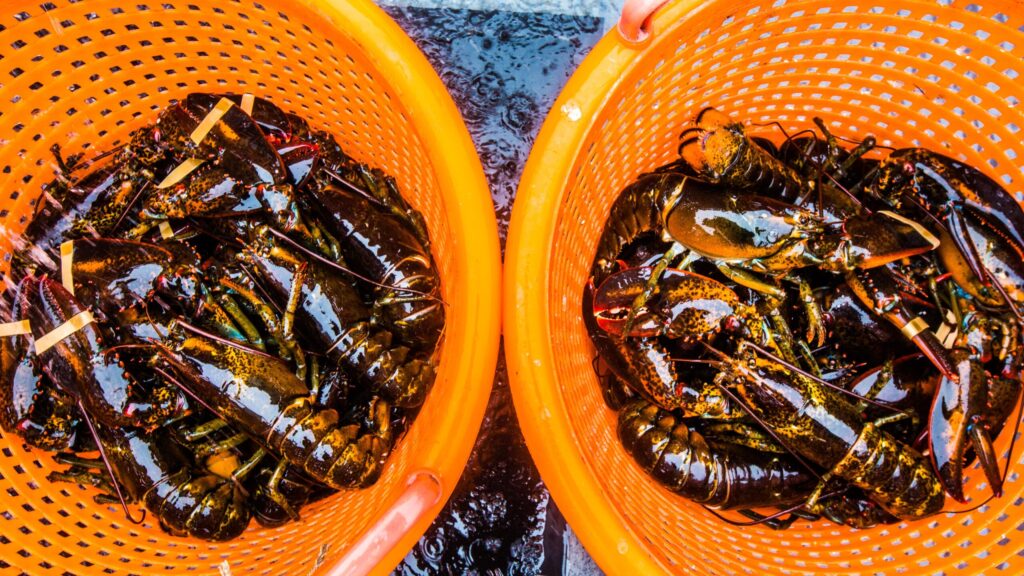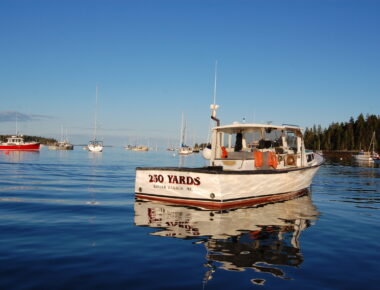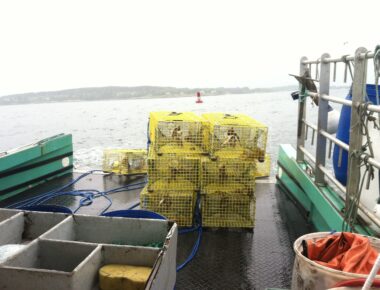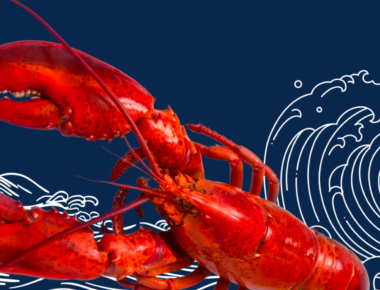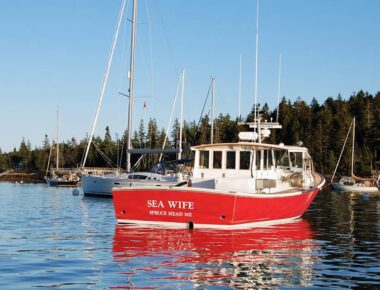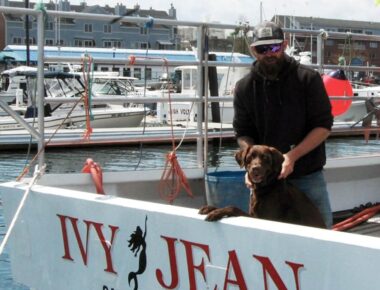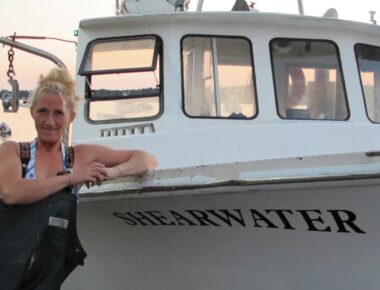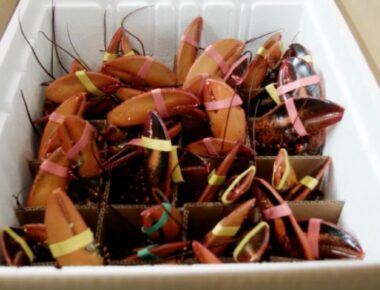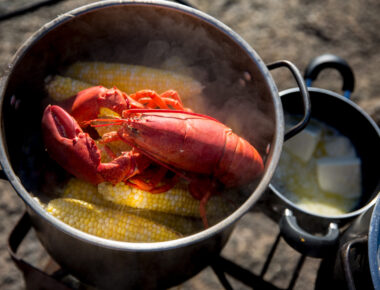Doing your lobster research ahead of time is a surefire way to make the most informed purchasing decisions and get quality products. Here are the most essential questions to ask your purveyor before making a Maine Lobster purchase:
1. Where did the lobster come from?
Don’t be afraid to ask where the lobster came from and how it was caught. Maine’s owner-operator system, which requires that each lobsterman hauls his own traps, ensures consumers who seek the peace of mind in knowing their lobster comes from a sustainable source along Maine’s pristine coastline will be satisfied.
Knowing where the lobster comes from gives you a sense of how fresh the lobster is and its taste. Maine New Shell Lobster is known for being the best tasting lobster in the world. From mid-summer to late-fall, lobsters in the cold, clear waters of Maine shed their old shells and grow new shells, resulting in Maine New Shell Lobster. As the lobsters grow into their newly formed shell, there is a gap between the meat and the shell that seawater fills, allowing it to naturally marinate the meat. The result? Tender, succulent meat that is sweeter than any other lobster. Naturally, the softer shell is easier to crack open and prepare. Once open, you’ll notice that the lobster meat typically has a brighter red color, a softer texture, and more water content.
Hard Shell lobster, on the other hand, can be caught year-round, and tends to have a brinier flavor with a meatier and firmer texture — a result of the meat fully filling the shell, leaving very little room for ocean water to seep in. Because Hard Shell lobsters have filled out their available shell space, they tend to contain more meat in comparison to its New Shell counterparts. The meat of a Hard Shell lobster, in contrast, is more of an orange color.
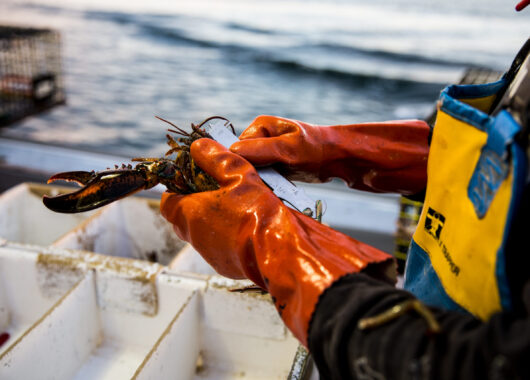
While both can be shipped anywhere, New Shell must be packaged delicately (i.e. with wine crates and extra padding) to prevent shell breakage. In comparison, Hard Shell lobsters are known to ship and travel well because they are a hardier product.
If you’re looking to buy value-added lobster products from a local Maine company, visit our Buy Lobster page for a variety of Wholesale and Consumer options here.
2. How is the lobster processed?
When considering a lobster purchase, be sure to ask your lobster supplier which technique they use to preserve the freshness and sweet, sought-after flavor of the product, and why. Specialized handling maintains the quality, taste and yield and each processor puts their own spin on handling techniques. Common techniques include: high pressure processing, traditional shucking, liquid nitrogen flash freezing, and vacuum sealed packaging.
High pressure processing (HPP) loosens the meat from the shell so that it can be shucked while raw. Vacuum packaging then preserves the tender texture and keeps the delicate flavor intact.
Another method, gas or liquid nitrogen flash freezing, uses Nitrogen (-320. 44 °F) or Carbon Dioxide (-78.5 °F) to rapidly freeze the product which produces an exceptionally fresh quality taste. Often, a light glazing is used to “finish” the product and protect it by sealing in the flavor. In contrast, blast or plate freezing takes significantly longer – so much so that there is risk that the meat will lose more liquid and flavor during the process – which is why gas or nitrogen freezing is typically the preferred method.
Value-added cooked products will typically be packaged in what’s called a “dry pack” or “brine pack”. The brine solution that is added to the lobster meat helps to protect the flavors and quality of the meat, replacing the liquids and flavors that dry up during the freezing process. Dry packs tend to have much higher levels of dehydration when they are thawed, which is why the type of freezing the processor uses is incredibly important.
3. What is the drained weight and how is it calculated?
Drained weight refers to the total weight of picked and usable lobster meat after the packaging and brine and/or glaze has been removed. While brine and glaze add weight, the two solutions have important jobs – protecting the quality and flavor of the product.
For Lobster Meat
Frozen lobster meat is typically shipped in a brine solution to ensure that the flavor and texture are as rich and delicate as they would be if enjoyed right out of the ocean. To determine drained weight, leave the product in its original packaging and thaw in a refrigerator for approximately 12 hours. Once thawed, open the package and pour the contents into a sieve. Let sit for a few minutes, then, using a food scale, weigh the meat remaining in the sieve. Compare that weight to the weight stated on the package to deduce the true price per pound of lobster received.
For Whole Lobsters & Tails
Frozen whole lobsters and tails are typically shipped with a glaze coating which gives the product an additional layer of protection through the shipping and storing process, and helps defend against threats like freezer burn. To determine drained weight, thaw by submerging the product in its original packaging in cool water until a core meat temperature between 50-59°F is reached. Once thawed, open the packaging and transfer the product into a sieve. Let sit for a few minutes. The weight of the product remaining in the sieve is the drained weight.
4. How does New Shell yield compare to Hard Shell?
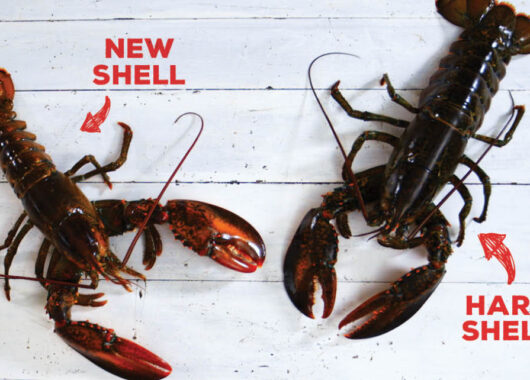
Depending on the occasion and how much lobster you’re looking to prepare, you’ll want to get a sense of how much lobster to buy. A good benchmark to reference is that a normal serving size is 4 ounces.
A Hard Shell lobster will generally yield 19-22% of lobster meat whereas a summer Maine New Shell Lobster – which typically have soft shells – will yield 16-18%. As mentioned earlier, this is due to the molting of the lobster’s old shell and formation of a new shell, which allows ocean water to seep in and marinate the meat — producing a more tender texture, and a sweeter, more flavorful meat.
5. What certifications does the product or company have?
As a lobster buyer, you want to make sure you’re purchasing high quality product from a reliable and authentic source. Certifications like Safe Quality Food (SQF), British Retail Consortium (BRC) and Fair Trade are just a few of the certifications that are highly regarded. Be on the lookout for these when considering a lobster purchase as most of these globally-recognized food safety and quality certifications ensure that lobster products are held to the highest standards.
These questions should help you successfully navigate how to ask the right questions when looking to buy lobster products.
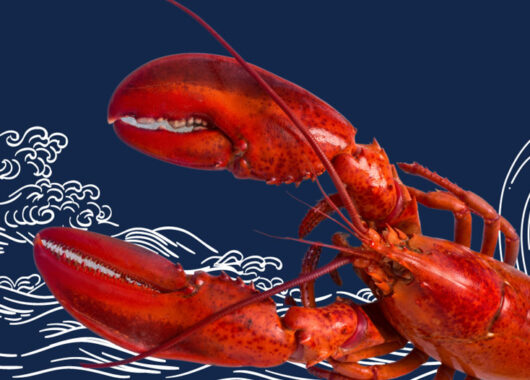
Looking for More Educational Resources?
For more information on handling, storage, processing and freezing techniques specific to value-added cooked or raw lobster, don’t forget to download our individual fact sheets in our Maine Lobster Industry Content Hub.


